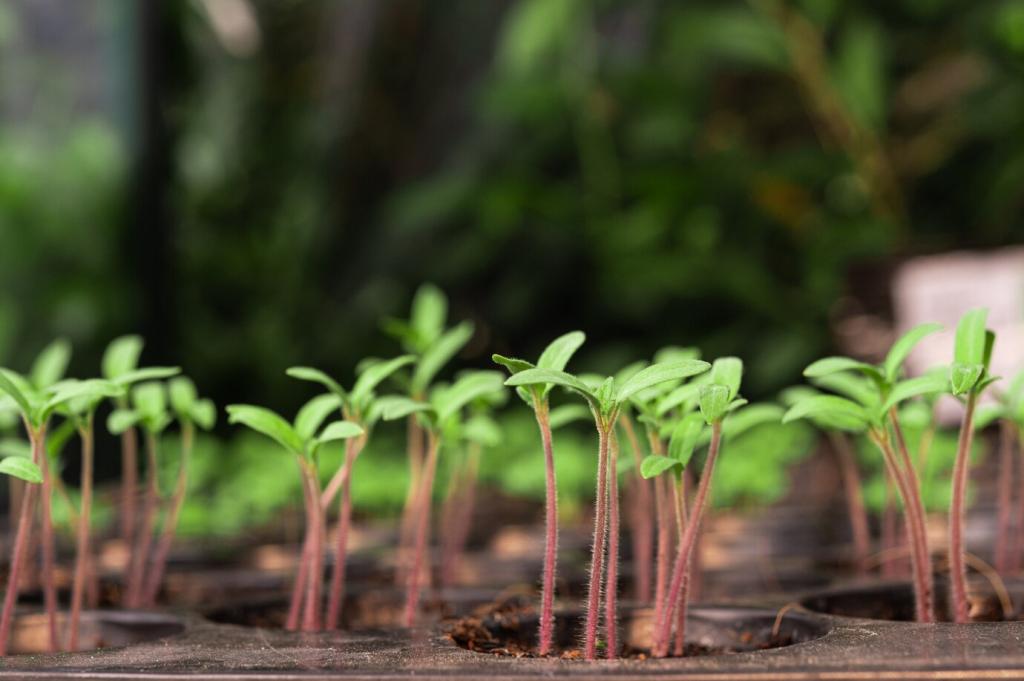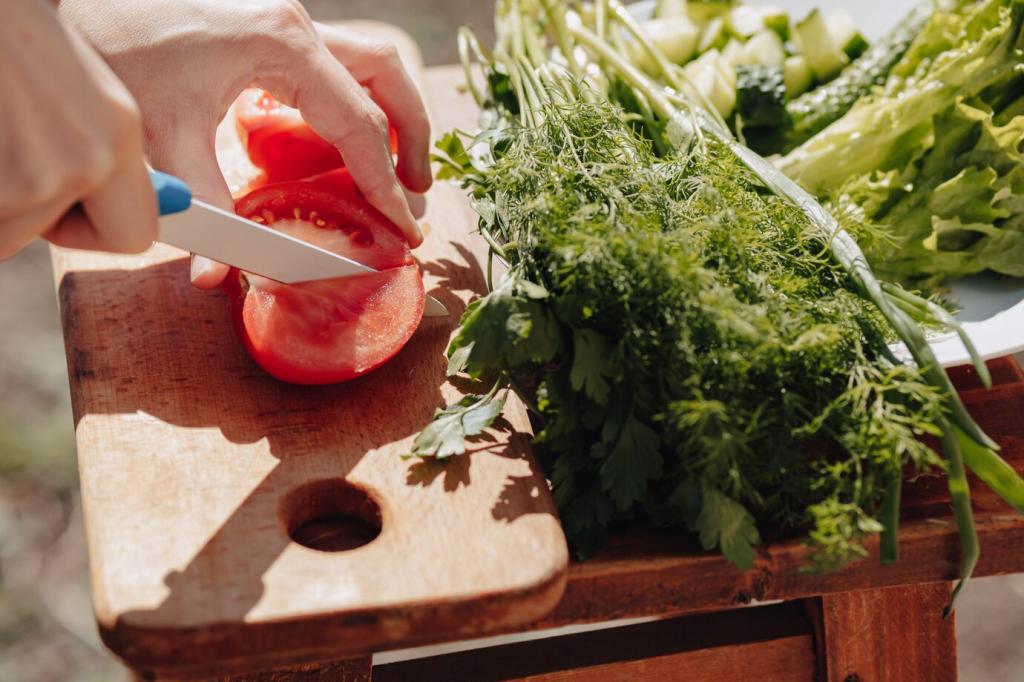Move the Water: Gravity, Pumps, and Drip Irrigation
Raise barrels on cinder blocks or a sturdy stand to add pressure. Short, wider hoses flow better. Use shut‑off valves at the barrel and bed so adjustments stay easy.
Move the Water: Gravity, Pumps, and Drip Irrigation
A low‑power pump with a pressure regulator can run drip lines or micro‑sprayers evenly. Add a simple timer for dawn watering, minimizing evaporation while your coffee cools on the porch.







